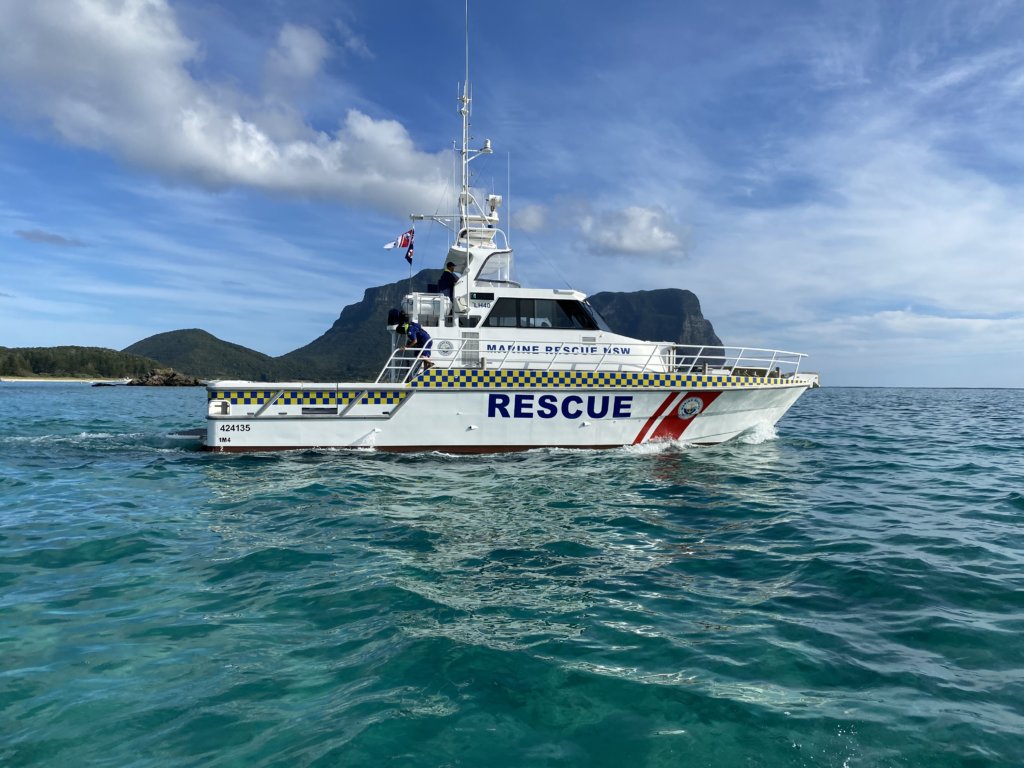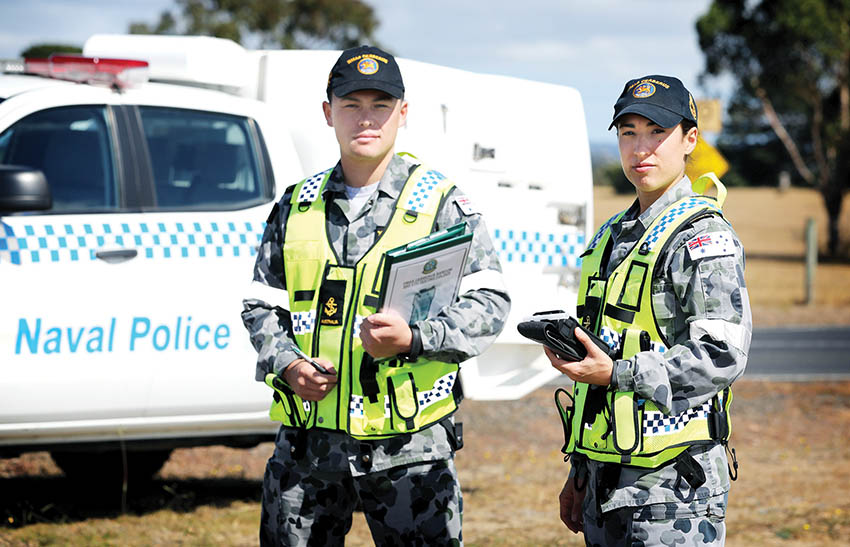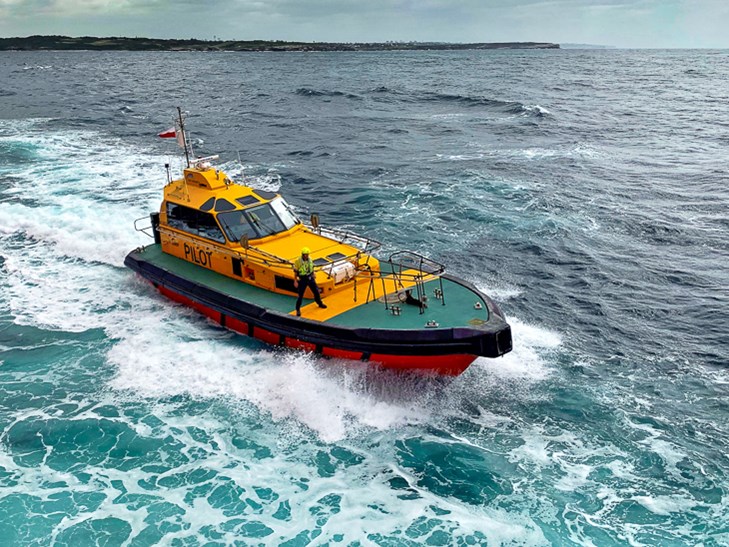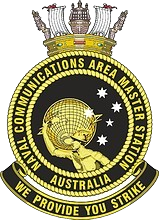- Jul 12, 2018
- 10,525
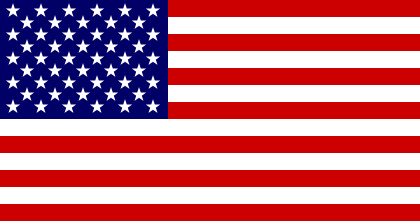
|
OPERATION BLUE CORAL |
SECRET |
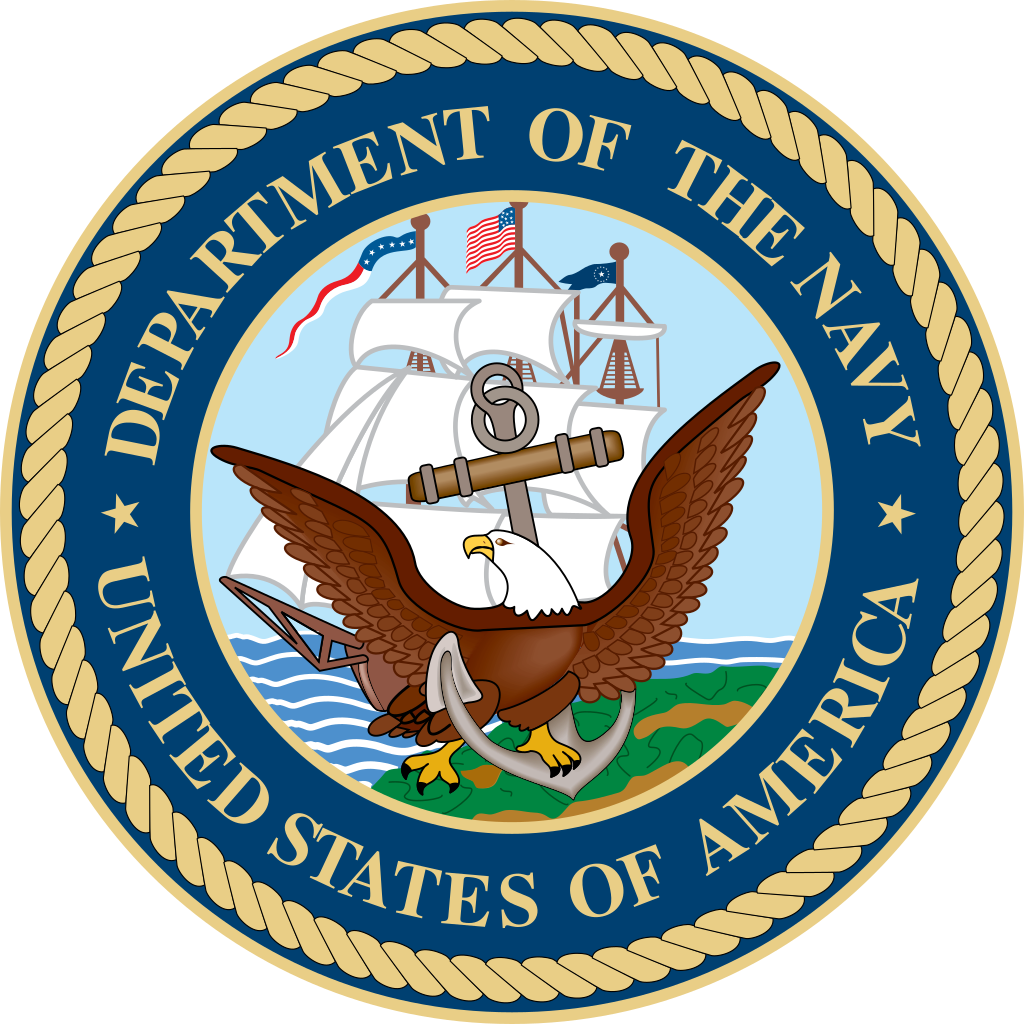
| 
NAVY DEPLOYMENT | 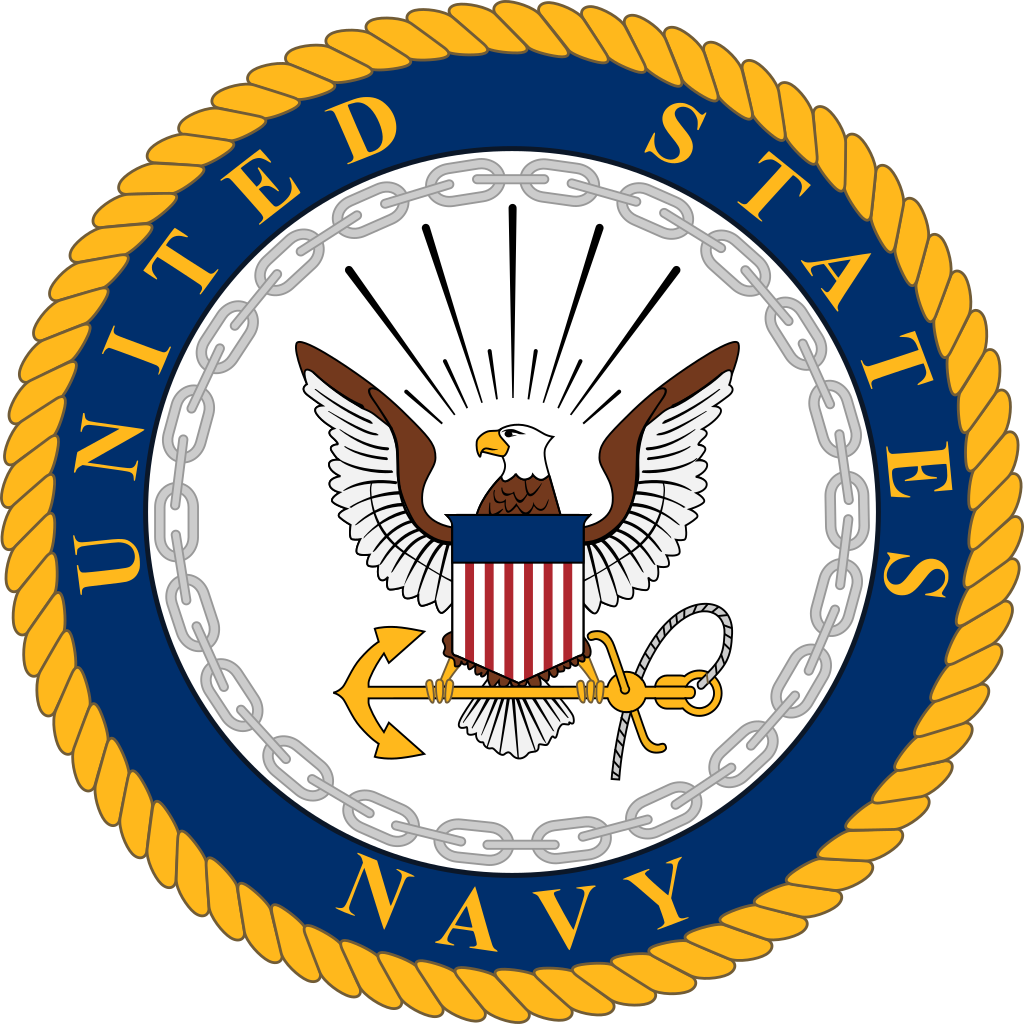
|
|
BATTLESHIP BATTLE GROUP ONE
Rear Admiral Stanley French
Rear Admiral Stanley French
| Ship Class | Vessel | Compliment | Home Port |
| Iowa-class Battleship | USS Wisconsin | Total: 1,932/// Compliment: 1,800 /// Pilots: 8 /// Marines: 120 /// NCIS Agents Afloat: 4 | Pearl Habor, Hawaii |
| Ticonderoga-class Guided Missile Cruiser | USS Lake Champlain | 330 | Pearl Habor, Hawaii |
| Arleigh Burke-class Guided Missile Destroyer | USS Mary Landrieu | 323 | Pearl Habor, Hawaii |
| Arleigh Burke-class Guided Missile Destroyer | USS John Breaux | 323 | Pearl Habor, Hawaii |
| Celestial-class Frigate | USS Elbridge Gerry | 140 | Pearl Habor, Hawaii |
| Celestial-class Frigate | USS Button Gwinnett | 140 | Pearl Habor, Hawaii |
| Celestial-class Frigate | USS Lyman Hall | 140 | Pearl Habor, Hawaii |
| Henry J. Kaiser-class Replenishment Oiler | USNS Kanawha | 113 | Pearl Habor, Hawaii |
DETAILS
Iowa-class - Fully Fueled; Non-perishable food/water for 3 month journey; x400 M4A1 Carbine and associated ammo and x400 M1911 and associated ammo in barracks;
Countermeasures: AN/SLQ-32, AN/SLQ-32, x8 Mark 36 SRBOC Super Rapid Bloom Offboard Chaff Rocket Launchers; x4 RHIBs;
Armaments: x9 16 in (406 mm)/50 cal Mark 7 guns, x12 5 in (127 mm)/38 cal Mark 12 guns (all normal reserves of ammunitions), x8 Mk 143 Armored Box Launcher mounts (For 27 RGM/UGM-109B Tomahawk Anti-Ship Missiles and 5 RGM/UGM-109E Tomahawk Land Attack Missiles), x4 Mk 141 quad cell launchers (For 16 RGM-84 Harpoon anti-ship missiles), x4 20 mm/76 cal Phalanx CIWS;
Aircraft: x1 Sikorsky MH-60S.
Ticonderoga-class - Fully Fueled; Non-perishable and perishable food/water for 3 month journey; x8 RGM-84 Harpoon missiles; x2 5 in 62 caliber Mark 45 Mod 4 lightweight gun; x2 25 mm (0.98 in) Mk 38 gun; x4 .50 in (12.7 mm) cal. machine gun; x2 Phalanx CIWS Block 1B; x2 Mk 32 12.75 in (324 mm) triple torpedo tubes (standard reserve of Mk 54 torpedoes); Onboard: x30 M4A1 Carbine and associated ammo and x30 M1911 and associated ammo in barracks;
x2 61 cell Mk 41 vertical launch systems containing: x5 RUM-139C (Mrk 54 Torpedo); x244 (Quad packed) RIM-162A ESSM; x40 RIM-161B (SM-3 block IA); x16 RGM/UGM-109B Tomahawk Anti-Ship Missile;
Countermeasures/decoys: Mark 36 SRBOC; AN/SLQ-25 Nixie;
Aircraft: x1 MH-60R; x1 MH-60S.
Boats: x1 RHIB (each with mounted .50 cal Machine Gun).
Arleigh Burke-class (Flight IIA) - Fully Fueled; Non-perishable and perishable food/water for 3 month journey; x1 5-inch (127 mm)/62 Mk. 45 Mod 4 (lightweight gun); x2 20 mm Phalanx CIWS; x2 25 mm M242 Bushmaster chain gun; x2 Mk 141 Harpoon Anti-Ship Missile Launcher (x8 Harpoon missiles each); x2 Mark 32 triple torpedo tubes: x1 per tube + full standard storage of Mark 54 torpedoes on ship; Onboard: x150 M4A1 Carbine and associated ammo and x150 M1911 and associated ammo in barracks.
96-cell Mk 41 VLS: x10 RUM-139C (Mrk 54 Torpedo); x32 (Quad packed) RIM-162A ESSM; x5 RIM-161B (SM-3 block IA); x20 RGM/UGM-109E Tomahawk Land Attack Missile; x53 RGM/UGM-109B Tomahawk Anti-Ship Missile;
Countermeasures/decoys: AN/SLQ-32(V)2 Electronic Warfare System; AN/SLQ-25 Nixie Torpedo Countermeasures; MK 36 MOD 12 Decoy Launching System; MK 53 Nulka Decoy Launching System; AN/SLQ-39 CHAFF Buoys;
Aircraft: x2 MH-60R;
Boats: x1 RHIB (each with mounted .50 cal Machine Gun).
Celestial-class Cutter - Fully Fueled; Aviation reserves fully fueled; Non-perishable food/water for 2 month journey; Well-rested, fed, and uniformed crew;
32-cell Mk 41 VLS: x5 RUM-139C (Mrk 54 Torpedo); x36 (Quad packed) RIM-162A ESSM; x3 RGM/UGM-109E Tomahawk Land Attack Missile; x15 RGM/UGM-109B Tomahawk Anti-Ship Missile;
Standard armaments including: x2 Mk 141 canister Harpoon missile launcher (x8 missiles); x1 Mk 32 triple torpedo launcher + 10 Mark 50 torpedoes stored; x2 Mk44 Bushmaster II 30-mm chain guns; x1 SeaRAM CIWS; x1 Mk 110 57mm gun; x4 crew-served .50 caliber Browning M2 machine guns; x2 crew-served M240B 7.62 mm machine guns;
Decoys: x2 Mk 36 SRBOC chaff rapid decoy launchers;
Compliment: 140 sailors;
Barracks: x100 Sig Sauer P229 DAK 9mm w/ Night Sights and x200 loaded magazines; x100 M4 Carbine and x300 loaded magazines; x10 M870P 12-gauge and x300 12-gauge shotgun shells.
Aircraft: x2 Sikorsky MH-60S;
Boats: x2 RHIB (each with mounted .50 cal Machine Gun).
Henry J. Kaiser-class Replenishment Oiler - Fully Fueled; Fully-stocked with non-perishable and perishable food/water for 6 month journey; complete storage of usable fuel for all conventionally-powered vessels for 6 month journey; complete storage of aviation fuel for all aircraft in the fleet for 6 month deployment; Onboard: x60 M4A1 Carbine and associated ammo and x60 M1911 and associated ammo in barracks;
Boats: x1 RHIB.
DETAILS
Marines - (All per soldier) Well rested and fed;
Apparel: x1 Enhanced Combat Helmet, x1 cold-weather combat uniform, x1 warm-weather combat uniform, x1 Full Spectrum Battle Equipment Amphibious Assault Vest, x1 part of Marine Combat boots; x1 The Individual First Aid Kit;
Weapons: x1 M4A1 5.56mm Carbine (x1 30-round magazine loaded; x7 additional 30-round magazines); x1 Beretta M9A1 (x1 15-round magazine loaded; x2 additional 15-round magazines); x1 OKC-3S bayonet.
Countermeasures: AN/SLQ-32, AN/SLQ-32, x8 Mark 36 SRBOC Super Rapid Bloom Offboard Chaff Rocket Launchers; x4 RHIBs;
Armaments: x9 16 in (406 mm)/50 cal Mark 7 guns, x12 5 in (127 mm)/38 cal Mark 12 guns (all normal reserves of ammunitions), x8 Mk 143 Armored Box Launcher mounts (For 27 RGM/UGM-109B Tomahawk Anti-Ship Missiles and 5 RGM/UGM-109E Tomahawk Land Attack Missiles), x4 Mk 141 quad cell launchers (For 16 RGM-84 Harpoon anti-ship missiles), x4 20 mm/76 cal Phalanx CIWS;
Aircraft: x1 Sikorsky MH-60S.
Ticonderoga-class - Fully Fueled; Non-perishable and perishable food/water for 3 month journey; x8 RGM-84 Harpoon missiles; x2 5 in 62 caliber Mark 45 Mod 4 lightweight gun; x2 25 mm (0.98 in) Mk 38 gun; x4 .50 in (12.7 mm) cal. machine gun; x2 Phalanx CIWS Block 1B; x2 Mk 32 12.75 in (324 mm) triple torpedo tubes (standard reserve of Mk 54 torpedoes); Onboard: x30 M4A1 Carbine and associated ammo and x30 M1911 and associated ammo in barracks;
x2 61 cell Mk 41 vertical launch systems containing: x5 RUM-139C (Mrk 54 Torpedo); x244 (Quad packed) RIM-162A ESSM; x40 RIM-161B (SM-3 block IA); x16 RGM/UGM-109B Tomahawk Anti-Ship Missile;
Countermeasures/decoys: Mark 36 SRBOC; AN/SLQ-25 Nixie;
Aircraft: x1 MH-60R; x1 MH-60S.
Boats: x1 RHIB (each with mounted .50 cal Machine Gun).
Arleigh Burke-class (Flight IIA) - Fully Fueled; Non-perishable and perishable food/water for 3 month journey; x1 5-inch (127 mm)/62 Mk. 45 Mod 4 (lightweight gun); x2 20 mm Phalanx CIWS; x2 25 mm M242 Bushmaster chain gun; x2 Mk 141 Harpoon Anti-Ship Missile Launcher (x8 Harpoon missiles each); x2 Mark 32 triple torpedo tubes: x1 per tube + full standard storage of Mark 54 torpedoes on ship; Onboard: x150 M4A1 Carbine and associated ammo and x150 M1911 and associated ammo in barracks.
96-cell Mk 41 VLS: x10 RUM-139C (Mrk 54 Torpedo); x32 (Quad packed) RIM-162A ESSM; x5 RIM-161B (SM-3 block IA); x20 RGM/UGM-109E Tomahawk Land Attack Missile; x53 RGM/UGM-109B Tomahawk Anti-Ship Missile;
Countermeasures/decoys: AN/SLQ-32(V)2 Electronic Warfare System; AN/SLQ-25 Nixie Torpedo Countermeasures; MK 36 MOD 12 Decoy Launching System; MK 53 Nulka Decoy Launching System; AN/SLQ-39 CHAFF Buoys;
Aircraft: x2 MH-60R;
Boats: x1 RHIB (each with mounted .50 cal Machine Gun).
Celestial-class Cutter - Fully Fueled; Aviation reserves fully fueled; Non-perishable food/water for 2 month journey; Well-rested, fed, and uniformed crew;
32-cell Mk 41 VLS: x5 RUM-139C (Mrk 54 Torpedo); x36 (Quad packed) RIM-162A ESSM; x3 RGM/UGM-109E Tomahawk Land Attack Missile; x15 RGM/UGM-109B Tomahawk Anti-Ship Missile;
Standard armaments including: x2 Mk 141 canister Harpoon missile launcher (x8 missiles); x1 Mk 32 triple torpedo launcher + 10 Mark 50 torpedoes stored; x2 Mk44 Bushmaster II 30-mm chain guns; x1 SeaRAM CIWS; x1 Mk 110 57mm gun; x4 crew-served .50 caliber Browning M2 machine guns; x2 crew-served M240B 7.62 mm machine guns;
Decoys: x2 Mk 36 SRBOC chaff rapid decoy launchers;
Compliment: 140 sailors;
Barracks: x100 Sig Sauer P229 DAK 9mm w/ Night Sights and x200 loaded magazines; x100 M4 Carbine and x300 loaded magazines; x10 M870P 12-gauge and x300 12-gauge shotgun shells.
Aircraft: x2 Sikorsky MH-60S;
Boats: x2 RHIB (each with mounted .50 cal Machine Gun).
Henry J. Kaiser-class Replenishment Oiler - Fully Fueled; Fully-stocked with non-perishable and perishable food/water for 6 month journey; complete storage of usable fuel for all conventionally-powered vessels for 6 month journey; complete storage of aviation fuel for all aircraft in the fleet for 6 month deployment; Onboard: x60 M4A1 Carbine and associated ammo and x60 M1911 and associated ammo in barracks;
Boats: x1 RHIB.

| 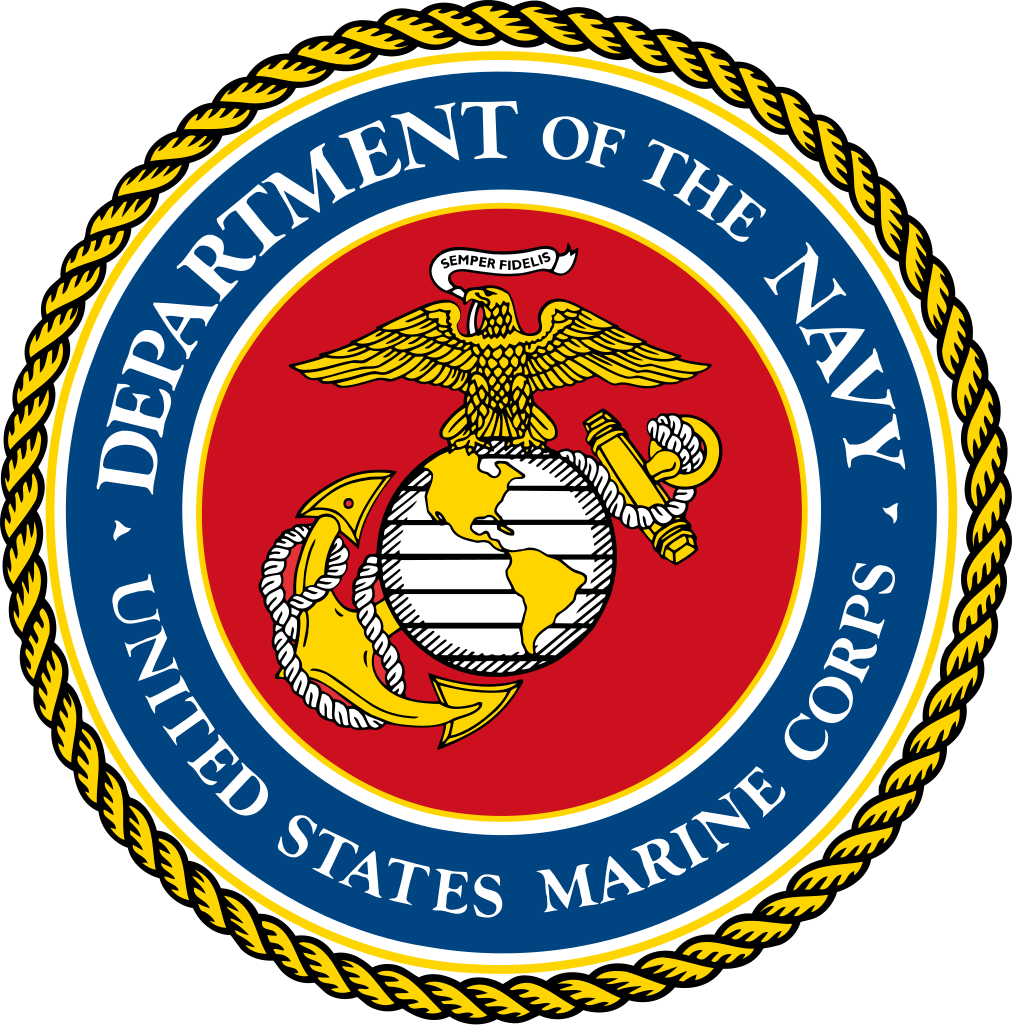
MARINE CORPS DEPLOYMENT | 
|
|
|
1st Amphibious Battalion, 3rd Marines
Colonel Matthew Hunt
Colonel Matthew Hunt
| Order of Battle | Personnel | Garrison |
| 1st Amphibious Battalion, 3rd Marines | 120 Personnel | Marine Corps Base Hawaii, Hawaii |
DETAILS
Marines - (All per soldier) Well rested and fed;
Apparel: x1 Enhanced Combat Helmet, x1 cold-weather combat uniform, x1 warm-weather combat uniform, x1 Full Spectrum Battle Equipment Amphibious Assault Vest, x1 part of Marine Combat boots; x1 The Individual First Aid Kit;
Weapons: x1 M4A1 5.56mm Carbine (x1 30-round magazine loaded; x7 additional 30-round magazines); x1 Beretta M9A1 (x1 15-round magazine loaded; x2 additional 15-round magazines); x1 OKC-3S bayonet.
|
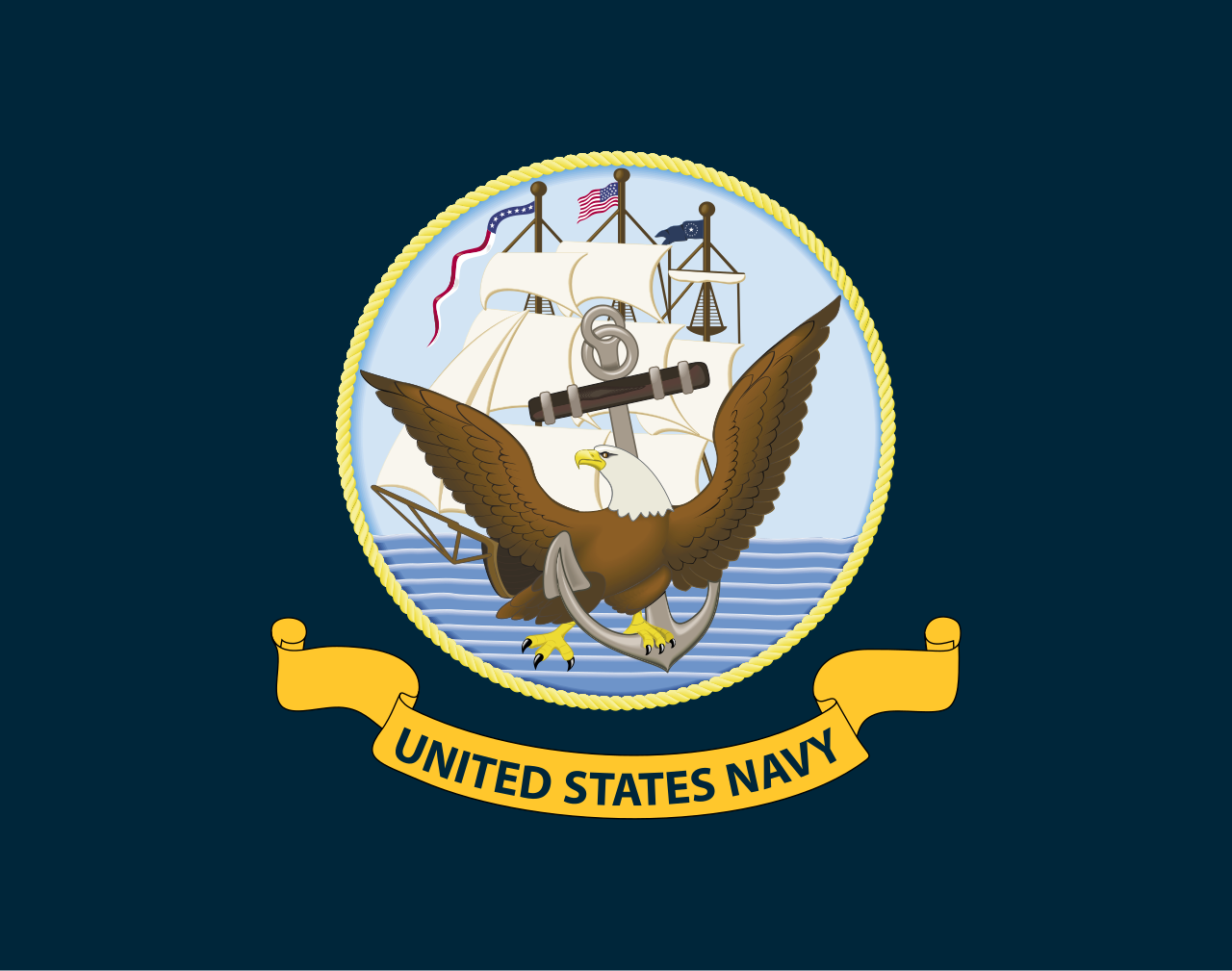
| 
DEPLOYMENT ORDERS | 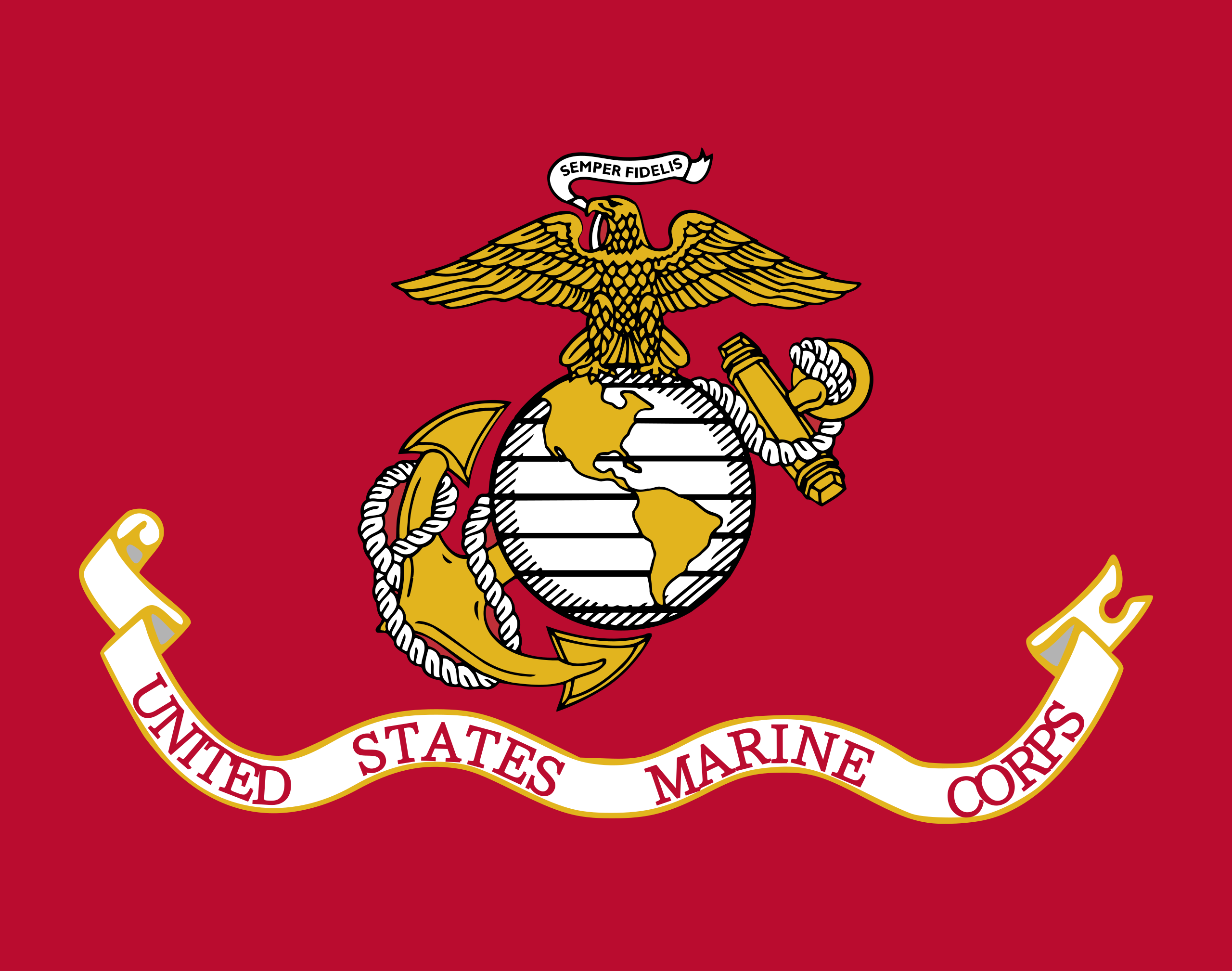
|
|
CONTEXT
Due to growing tensions in Oceania, President Gore ordered that the Navy deploy a Battleship Battlegroup to the area in order to ease tensions. The battlegroup prepared for deployment into the open Pacific from Hawaii as soon as possible. United States Marines were stationed aboard the USS Wisconsin along with its normal compliment, as well as NCIS agents afloat. It was estimated that the fleet would be ready to deploy within 48 hours. The Secretary of The Navy communicated with the Secretary of Defense, securely, and prepared to contact the Australian Ministry of Defense in order to brief them on the situation.
Last edited:



